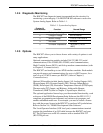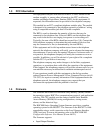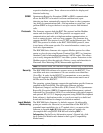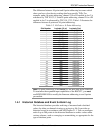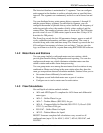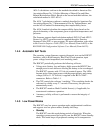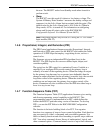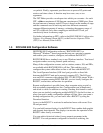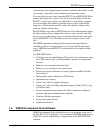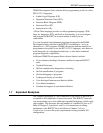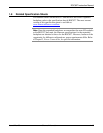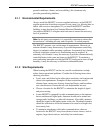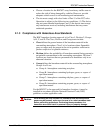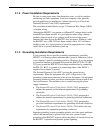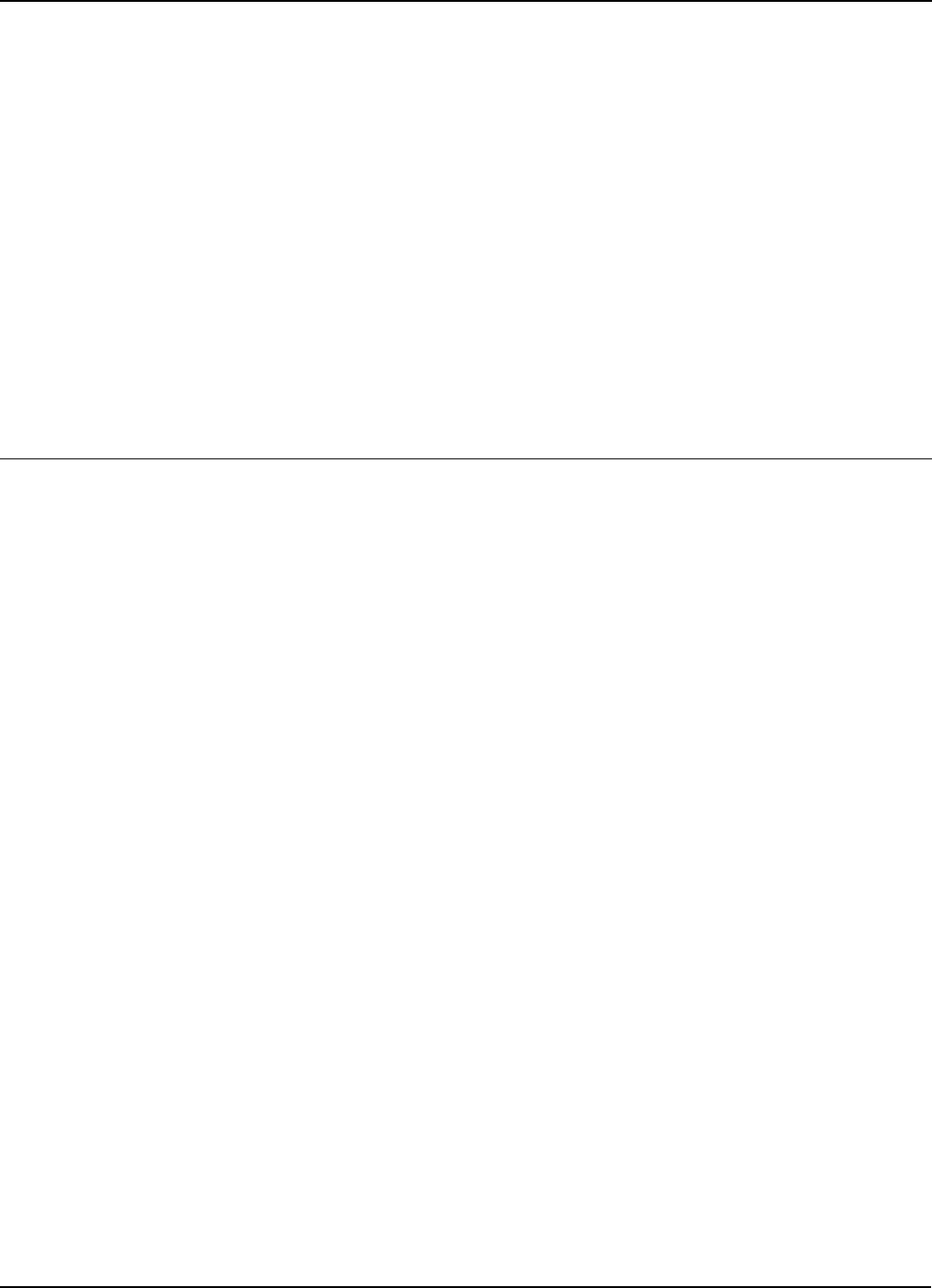
ROC827 Instruction Manual
Issued Mar-06 General Information 1-15
or symbols. Finally, arguments provide access to process I/O points and
retrieve real-time values. A function may have zero, one, or two
arguments.
The FST Editor provides a workspace into which you can enter—for each
FST—either a maximum of 500 lines or a maximum of 3000 bytes. Since
the total amount of memory each FST uses is based on the number of steps
and the commands used in each step and since different commands
consume different amounts of memory, estimating the memory usage of
an FST is difficult. Only after compiling an individual FST can you
conclusively know its memory usage.
For further information on FSTs, refer to the ROCLINK 800 Configuration
Software User Manual (Form A6121) or the Function Sequence Table
(FST) User Manual (Form A4625).
1.5 ROCLINK 800 Configuration Software
ROCLINK 800 Configuration software (“ROCLINK 800”) is a
Microsoft
®
Windows
-based program that runs on a personal computer
and enables you to monitor, configure, and calibrate the ROC827.
ROCLINK 800 has a standard, easy-to-use Windows interface. Tree-based
navigation makes accessing features quick and easy.
Many of the configuration screens, such as stations, meters, I/O, and PIDs,
are available while ROCLINK 800 is off-line. This enables you to
configure the system while either on-line or off-line with the ROC827.
The Local Operator Interface (LOI local port) provides a direct link
between the ROC827 unit and a personal computer (PC). The LOI port
uses an RJ-45 connector with standard EIA-232 (RS-232D) pinout. With a
personal computer running ROCLINK 800, you can locally configure the
ROC827, extract data, and monitor its operation.
Remote configuration is possible from a host computer using a serial or
dial-up modem communications line. Configurations can be duplicated
and saved to a disk. In addition to creating a backup, this feature is useful
when you are similarly configuring multiple ROC827s for the first time, or
when you need to make configuration changes off-line. Once you create a
backup configuration file, you can load it into a ROC827 by using the
Download function.
Access to the ROC827 is restricted to authorized users with correct User
ID and password.
You can build custom displays for the ROC827 that combine both graphic
and dynamic data elements. The displays can monitor the operation of the
ROC827 either locally or remotely.
You can archive historical values for any numeric parameter in the
ROC827. For each parameter configured for historical archiving, the



